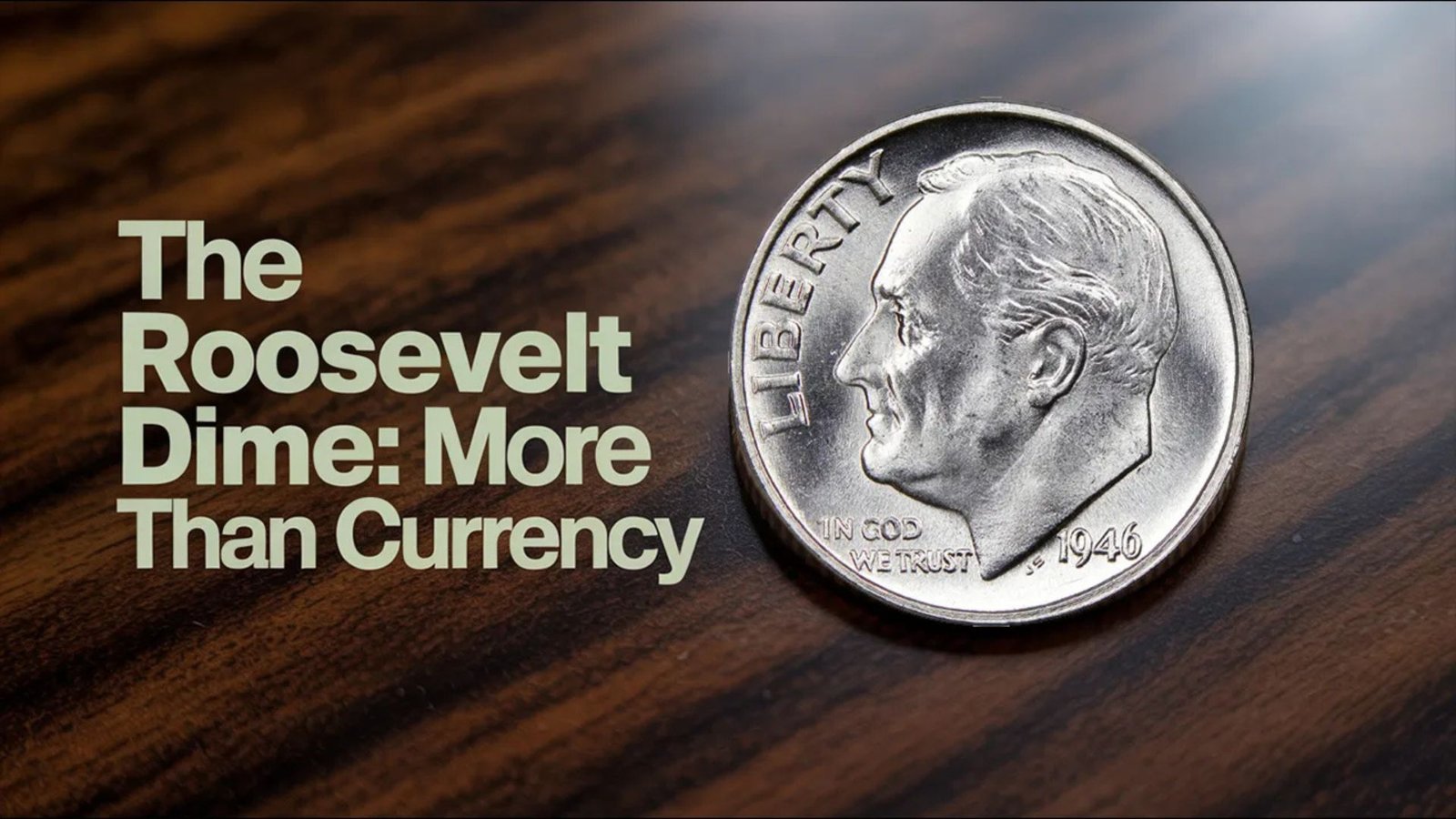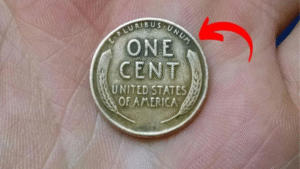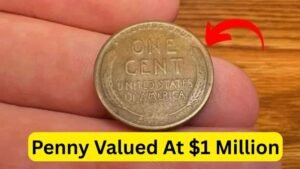Sometimes, the smallest things make the biggest difference. Few realize that the Roosevelt Dime—a coin you might have in your pocket right now—was created not just as currency, but as a symbol of hope, unity, and a powerful fight against disease. Stay with me, because by the end, you’ll see how one tiny coin helped change American history forever.
What Is the Roosevelt Dime?
The Roosevelt Dime is more than just a 10-cent coin—it’s a tribute to a leader and a legacy. Introduced in 1946, this coin honors President Franklin D. Roosevelt, whose strength and leadership helped the nation overcome the Great Depression and World War II. But there’s another reason behind this coin’s creation—one deeply tied to a national health crisis.
A History Minted with Purpose
Franklin D. Roosevelt wasn’t just remembered for his politics—he was also a victim of polio, a disease that paralyzed millions of Americans in the early 20th century. His personal battle led him to champion the fight against polio, inspiring the creation of the March of Dimes, an organization dedicated to finding a cure. After his passing in 1945, the US Mint honored his mission by placing his image on the dime—a coin that symbolized the fundraising efforts that helped end polio.
Why the Roosevelt Dime Matters Today
Even decades later, the Roosevelt Dime remains a lasting reminder of public unity and compassion. The March of Dimes used this coin as a tool of fundraising—millions of Americans mailed in their dimes, one at a time, to support research. This collective effort funded the development of the polio vaccine by Dr. Jonas Salk, saving countless lives and proving that even small contributions can create massive change.
The Roosevelt Dime at a Glance
| Feature | Detail |
|---|---|
| Introduced | 1946 |
| Designer | John R. Sinnock |
| Obverse Image | Franklin D. Roosevelt |
| Symbolism | Tribute to FDR’s fight against polio |
| Composition (1946–1964) | 90% Silver, 10% Copper |
| Current Composition | Copper-Nickel Clad |
| Mint Locations | Philadelphia, Denver, San Francisco |
How This Coin Helped Fund the Fight Against Polio
In the 1930s and 1940s, polio was a national nightmare—striking children, crippling adults, and instilling fear across America. When Roosevelt founded the National Foundation for Infantile Paralysis, the public was invited to donate just one dime each. This simple idea—every person giving a dime—spread like wildfire. Soon, the White House received over 2.6 million dimes. Those funds powered groundbreaking research that ultimately eradicated polio in the United States.
The March of Dimes Impact Timeline
| Year | Milestone |
|---|---|
| 1938 | Roosevelt launches March of Dimes |
| 1946 | Roosevelt Dime introduced |
| 1952 | Polio cases peak in the U.S. |
| 1955 | Salk’s vaccine approved |
| 1979 | U.S. declared polio-free |
| Today | March of Dimes supports maternal and infant health |
Notable Facts About the Roosevelt Dime
- Hidden Initials: The designer’s initials “JS” appear at the base of Roosevelt’s neck.
- Silver Value: Dimes minted before 1965 are 90% silver, making them more valuable to collectors.
- Key Dates: 1949-S and 1950-S are among the most collectible years.
- Enduring Legacy: Still minted today, the Roosevelt Dime remains a symbol of compassion and unity.
How Collectors and Citizens Benefit Today
For collectors, Roosevelt Dimes—especially early silver issues—hold significant numismatic value. For citizens, this coin serves as a reminder that small acts matter. Whether you collect for investment or inspiration, the Roosevelt Dime connects you to a story of courage, innovation, and human kindness.
Expert Tip for Collectors
Look for high-grade silver Roosevelt Dimes from 1946–1964. Certified coins with full bands (sharp detail on the torch) are especially prized and can fetch premium prices at auction.
FAQs
Q: Why was Roosevelt chosen for the dime?
A: To honor his leadership and his founding of the March of Dimes, which helped fund the polio vaccine.
Q: Are Roosevelt Dimes valuable today?
A: Pre-1965 silver dimes have melt and collectible value, while rare mint errors and full-band examples are highly sought after.
Q: What does the torch on the reverse symbolize?
A: The torch represents liberty, flanked by olive and oak branches for peace and strength.
Conclusion: A Dime That Changed Lives
The Roosevelt Dime is proof that even the smallest currency can spark monumental change. Born from a president’s struggle and a nation’s compassion, this coin helped fund the fight against polio and paved the way for a healthier future. Next time you see a dime, remember—it’s more than spare change; it’s a symbol of hope, unity, and the power of people coming together for a cause.




